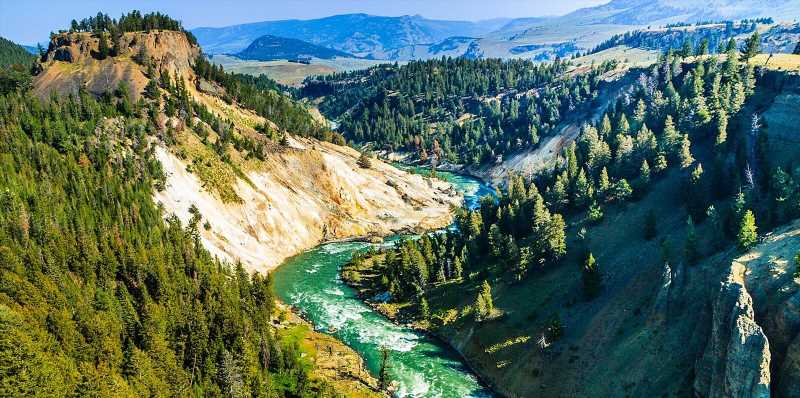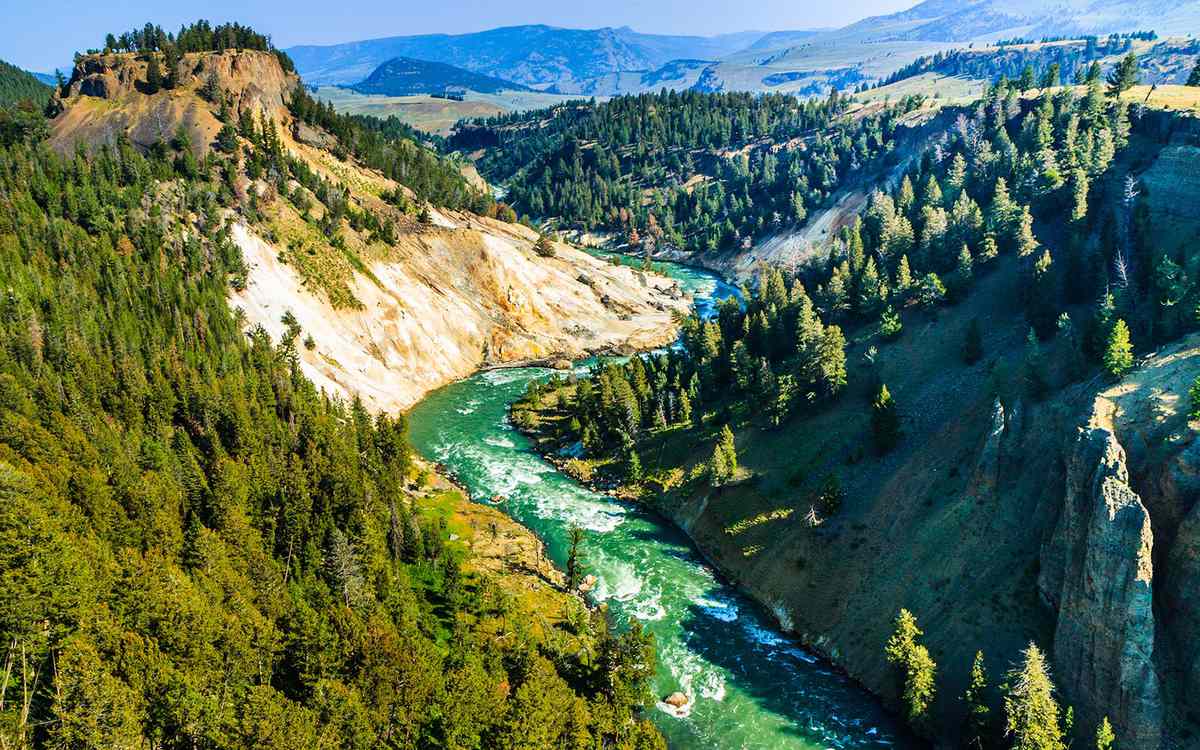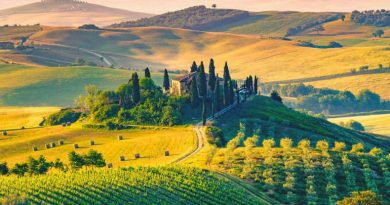The Best Times to Visit Yellowstone National Park
Editor's Note: Those who choose to travel are strongly encouraged to check local government restrictions, rules, and safety measures related to COVID-19 and take personal comfort levels and health conditions into consideration before departure.
As the first national park in the world, a trip to Yellowstone offers travelers the chance to experience both stunning natural beauty as well as an important piece of history. Millions of visitors travel to the park each year to see its famous hot springs and hundreds of geysers — including the legendary Old Faithful.
While an argument could be made for visiting during every season of the year, there are certain factors to consider when planning a visit to Yellowstone
. Here are the best times to visit Yellowstone National Park (and the worst).
Best Times to Visit Yellowstone National Park
The Best Times to Visit Yellowstone to Avoid Crowds
Although many people are hesitant to plan outdoor-based vacations during the winter, it can sometimes be the most rewarding. When winter arrives at Yellowstone National Park, snow blankets the mountainous landscape — and leaves the most popular attractions blissfully crowd-free. For the adventurous (and those willing to brave the biting cold), Yellowstone is home to some of the most overlooked backcountry skiing in the country. Just be sure to check for road closures well in advance, as they can hinder your attempts to visit Yellowstone.
The Best Time to Visit Yellowstone for Wildlife
Wildlife can be viewed year-round at Yellowstone, though the seasons will impact what species you see. March and April are the best months to view bears, while the winter months are best for wolves and bighorn sheep. Elk, moose, bison, and mountain goats can be spotted during the summer months, which is also the park's busiest season.
Fall, on the other hand, is a great time to see bear, elk, and raptors — while enjoying more mild weather. Be sure to maintain a safe distance when viewing wildlife for both your safety and the animals' wellbeing. The park specifically asks that visitors do not approach wildlife to take photographs or selfies.
The Best Time to Visit Yellowstone for Photography
It can be argued that there is no bad time for photographers to make a pilgrimage to Yellowstone. But during peak season, there will definitely be other people in those shots. For travelers looking to photograph Yellowstone, it can be worthwhile to visit during the winter months, when the park is much less crowded (no families huddled around Old Faithful). The winter is also a beautiful time to photograph snowfall and steam rising from the hot springs and geysers.
The Best Weather in Yellowstone
Due to its high elevation, the weather at Yellowstone can be unpredictable year-round. Spring and fall temperatures range from 30 to 60 degrees Fahrenheit, with lows sometimes approaching 0 degrees. Summer highs are usually between 70 and 80 degrees, though it's not unheard of for cold nights to bring frost and freezing temperatures.
As with all mountainous regions, the temperature can fluctuate greatly, depending on elevation. Average precipitation is fairly consistent across all seasons, meaning travelers don't need to worry about traveling during (or avoiding) a rainy season.
The Worst Time to Visit Yellowstone
Unless you're planning on skiing, winter may be one of the most uncomfortable times to visit Yellowstone, when the highs rarely exceed 20 degrees Fahrenheit.
Though if you'd rather bundle up than mingle with throngs of other travelers, winter can be preferable to summer, which is the busiest time of year at Yellowstone.
The Most Affordable Time to Visit Yellowstone
Flights to the nearest major airport in Jackson Hole, Wyoming are typically cheapest between October and February, which is the park's low season. Prices for lodging begin to drop after Labor Day, once the summer crowds have diminished and children are back in school. Keep in mind that road closures begin in late September or October depending on weather, so be sure to plan accordingly.
Source: Read Full Article




